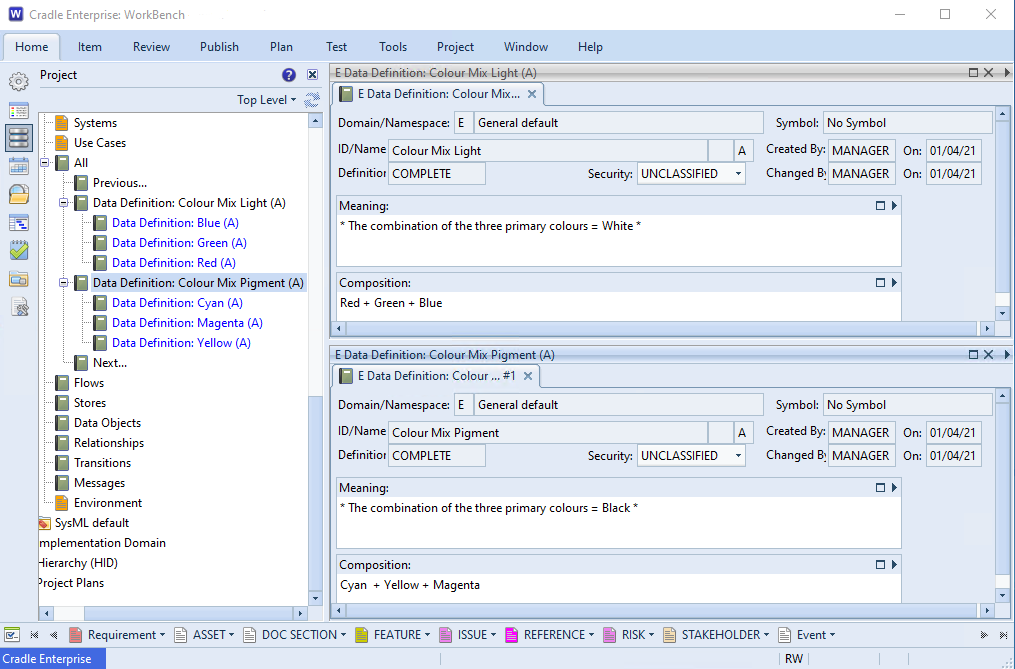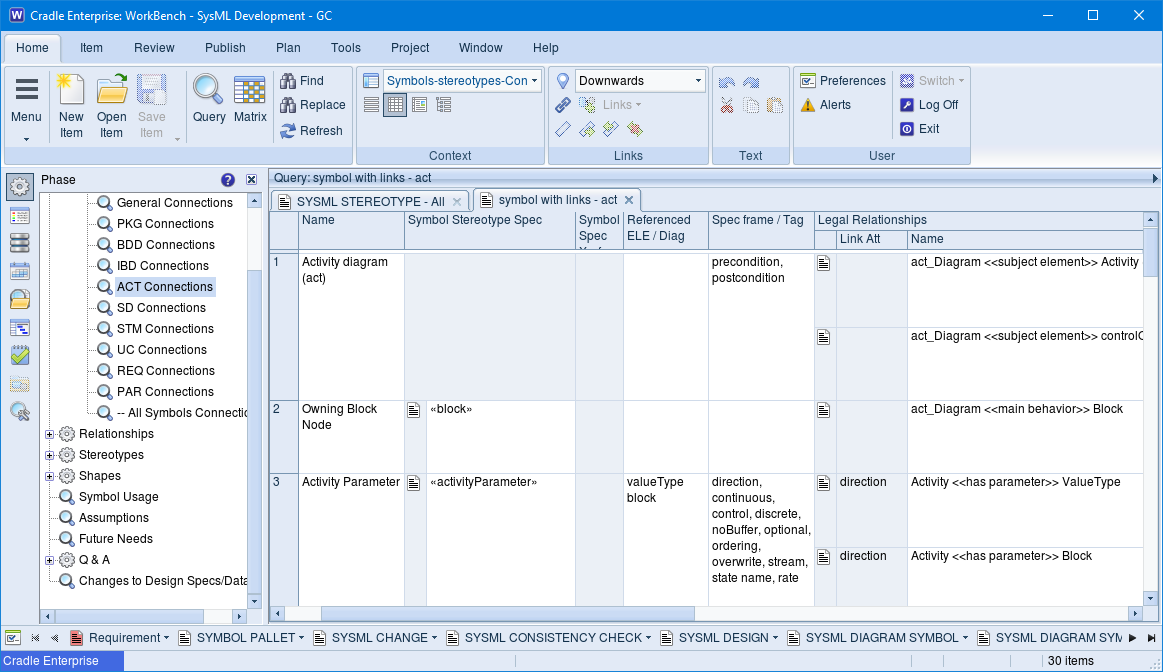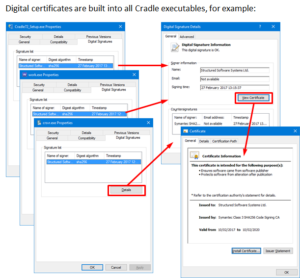Quantum Computing
The tantalising power of quantum computing offers unbounded possibilities to solve some of the biggest problems in computing today. So far the need to keep the Quantum Bits (QBits / QuBits) stable has proved the barrier to quantum computers being widely deployed. Laboratory conditions with super low temperatures and large magnetic fields have allowed the theory to be proved, but limit the practical implementation.
Theory
Our current silicon computers rely on simple 0 and 1 storage of bits to represent the data. These ons and offs are electrically, or optically stored and they are either one or the other. QuBits however are neither a 0 or a 1 until they are actually read. They exist in a ‘probability cloud’ between the true or false. The interaction of all the QuBits changes the probability that the bit will yield a 0 or 1 answer when read. This allows a massive scaling of parallel computation considering multiple avenues of a problem simultaneously.
New Possibilities
The possibility that standard silicon based binary computers could be made to operate in a quantum state has raised many exciting possibilities. Studies at the Loe D’a Buncum institute hypothesises that a stated proof; that Black is White, or True is False, can be ‘proved’ either way. This uncertainty, they are terming an Argú (derived from the Latin argumentum “a logical argument; evidence, ground, support, proof”). They expect this will be widely applied to Silicon Based Computing Platforms (SBCP).
Theory
To paraphrase their research observe the following:

It can be seen that the composition of mixed primary light colours Red, Green and Blue gives White light. However, the same composite calculation for pigment Cyan, Yellow and Magenta gives Black. The Argú in this case is stated as :
Three primary colours mixed = Black = White.
This provides a state that can not be seen as a definitive answer (because there is a missing element – are we talking light or pigment). The key to unlocking and providing the definitive answer is being termed the Clú. This is the missing piece of information that will allow the quantum measurement to be extracted.
Standard Computers
Because the concept itself, the Argú is simple to represent in standard boolean logic on a silicon computer, there is no need for any special cooling or magnetic field to retain the uncertainty. The Clú can also be held as a standard concept. The rest of the problem continues to be expressed in multiple Argús but not ‘finalised’. At the point where every possible Argú has been raised for a particular problem, the Clú is combined using standard logic simplified with De Morgan’s laws resulting in the final result.
Summary
Both QuBit and SBCP computing offer the gateway to many possibilities, but it should also be remembered that those without a Clú should not attempt to Argú.






